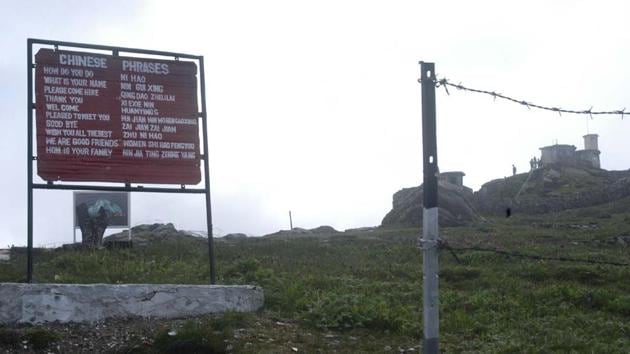India-China row: Why Modi govt needs political consensus to resolve standoff
India and China have been locked in a military stand-off in Doklam sector in Sikkim over a road construction.
The current stand-off between India and China in Sikkim is different from those in the recent past in terms of its duration, strategic implications, and the potential for escalation - factors that have prompted the NDA government to convene an all-party meeting on Friday evening.

The Bharatiya Janata Party (BJP)-led National Democratic Alliance government will brief political parties about the incident and try to evolve a political consensus during the meeting.
There is no resolution in sight to the border standoff in Doklam that is in its fourth week.
The last two—Depsang in Ladakh region in 2013 and Chumar in 2014—were sorted out through talks in three weeks. This time, it involves the India-Bhutan-Tibet tri-junction in the Sikkim sector, which remained by and large incident- free since 2003.
The Depsang incident happened ahead of Chinese premier Li Keqiang’s visit to India in May 2013. The Chinese army had pitched tents inside Indian territory, leading to a military and diplomatic standoff. Indian army, too, did the same. The two sides, however, withdrew their troops and restored the status quo after negotiations.
Chumar incident on the border in southern Ladakh coincided with Chinese president Xi Jinping’s visit to India in September 2014.
Though this region has a history of Chinese incursions, the very fact that it coincided with the visit of Xi, who was accorded a public reception in Gujarat, Prime Minister Narendra Modi’s home state, didn’t go down well with India. But two sides activated channels of communication and it was resolved in 16 days. Another minor incursion in Chumar took place in December last year, but it was settled at the local level.
This time around the border standoff is different in nature. A construction unit of the Chinese army started building a road near a Bhutan army post in Zompelri on June 16. Bhutan protested the move. This activity, for India, amounts to China trying to alter the status quo of India, Bhutan, Tibet tri-junction.
That goes against an understanding arrived at by both the parties in 2012, which requires consultation with Bhutan if there is any attempt to change the status quo at the tri-junction.
The road construction is also against the 1993 pact on maintaining peace and tranquillity along the border between the two countries. All this has led to a rare situation of India-China standoff in the Bhutanese territory. India and Bhutan have a bilateral understanding on matters related to defence and foreign policy.
The way the standoff continues and Chinese unwillingness to follow the usual practice of both sides backing off, either before a talk or after the talks, to restore status quo along the border are not common. The rhetoric is also unusually shrill from Beijing.
The two countries have been facing a slide in ties of late, on issues ranging from India’s entry to Nuclear Suppliers Group to Pakistan-China economic corridor.
But the larger challenge is how to find mechanisms to manage the relationship. Foreign secretary S Jaishankar said on Tuesday that India and China were a “factor of stability”. He also said the top leadership of two countries had agreed not to allow differences to become disputes.
But their economic rise, race for global resources, and clout are set to bring in more challenges in their relationship. Also, both the countries are led by staunch nationalist leaders at present.
Managing the challenges in the present and future would call for means backed by greater political consensus.





